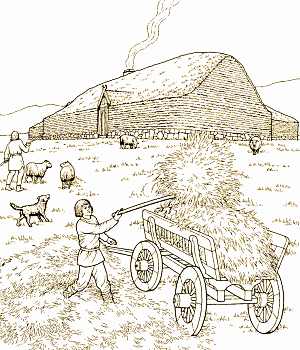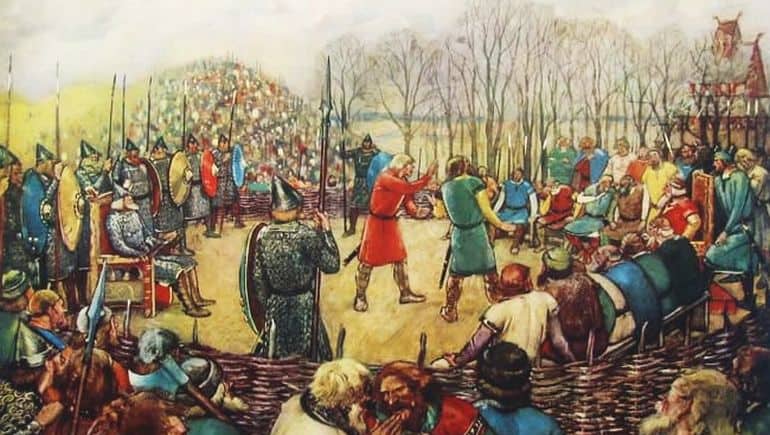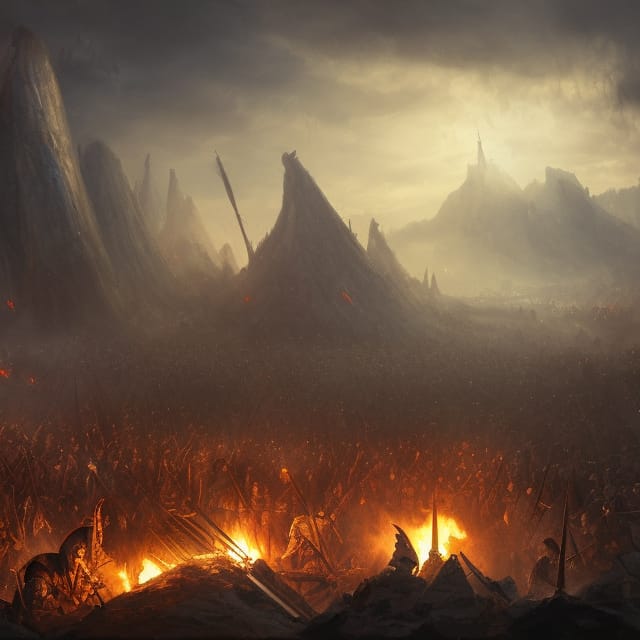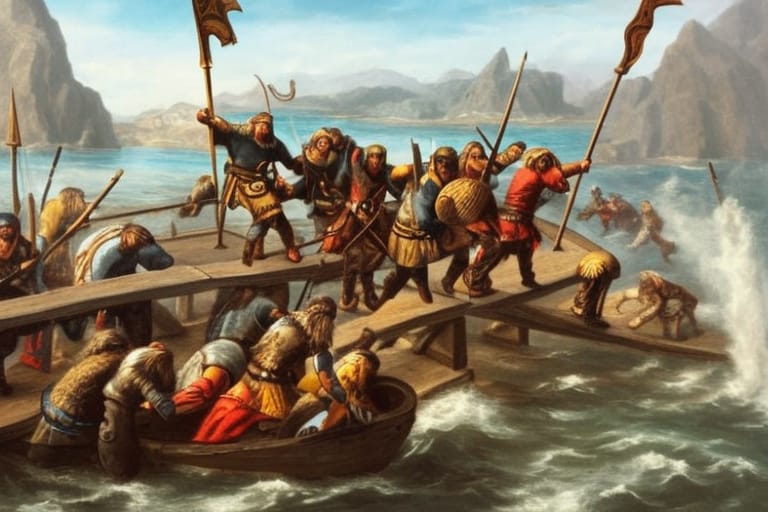The Vikings, known for their seafaring adventures and warrior reputation, had a complex and fascinating society. Beyond their popularized image as raiders, the Norsemen possessed a rich culture, intricate social structures, and intriguing traditions. In this blog post, we will delve into the key aspects of Viking society, shedding light on their history and reminding us of the diverse facets of their civilization.

-
Norse Social Classes: Structure and Roles
- Jarls (Nobles): The highest-ranking class, consisting of powerful landowners and rulers.
- Karls (Freemen): Free farmers and craftsmen who formed the backbone of Viking society.
- Thralls (Slaves): Individuals who were enslaved and served their masters in various capacities.
-
Importance of Family and Kinship
- Clan and kinship ties: The foundation of Viking society, with loyalty and honor playing crucial roles.
- Extended families: Living in longhouses, multiple generations resided together, fostering a sense of community.
- Blood feuds and alliances: Maintaining and protecting familial honor through inter-tribal relationships.
-
The Thing: Democratic Governance
- The Thing or Alþingi: Assembly where Viking communities gathered to discuss and make important decisions.
- Lawmaking and dispute resolution: Matters were settled through consensus, with laws orally recited and memorized by þingmen (assembly members).
- The Thingvellir: The famous Viking assembly site in Iceland, recognized as a UNESCO World Heritage site.
-
Norse Mythology and Beliefs
- Gods and goddesses: A pantheon of deities, including Odin, Thor, Freyja, and Loki, worshipped for protection and guidance.
- Valhalla and afterlife: The concept of an esteemed warrior's paradise and the belief in an honorable death in battle.
- Seidr and Volva: Norse shamanistic practices and spiritual divination.
-
Role of Women in Viking Society
- Powerful women: Shieldmaidens and noblewomen who played active roles in Viking warfare, politics, and trade.
- Freyja and the goddesses: Revered female deities representing fertility, love, and strength.
- Matrilineal inheritance: The passing of property and status through female lineage in some Viking communities.

Conclusion: Viking society was far more intricate and nuanced than its portrayal in popular culture. From social hierarchies and familial bonds to democratic governance and rich mythology, the Norsemen had a complex civilization. Understanding their society reminds us of the multifaceted nature of history and the importance of looking beyond stereotypes. The Vikings' impact reverberates through time, shaping our understanding of the past and influencing our cultural perceptions.
Works Cited:
- Graham-Campbell, James, and Gareth Williams. Silver Economy in the Viking Age. Aarhus University Press, 2007.
- Price, Neil. The Viking Way: Religion and War in Late Iron Age Scandinavia. Oxford University Press, 2003.
- Roesdahl, Else. The Vikings. Penguin Books, 1998.
- Sawyer, Peter. The Oxford Illustrated History of the Vikings. Oxford University Press, 1997.





Leave a comment
This site is protected by hCaptcha and the hCaptcha Privacy Policy and Terms of Service apply.